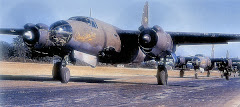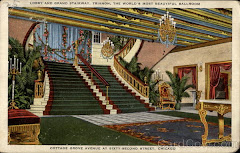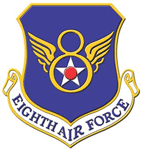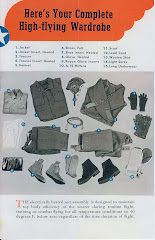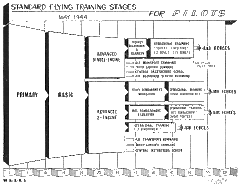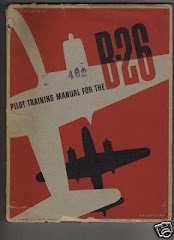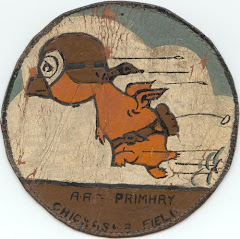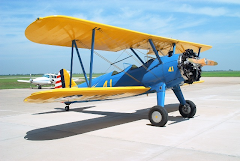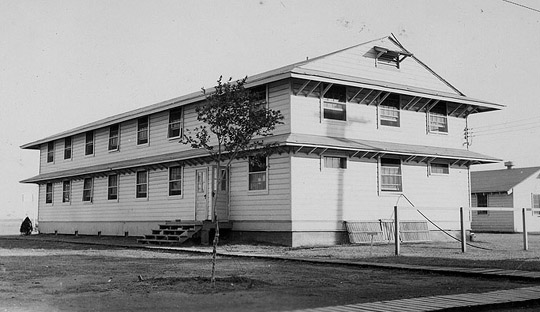Beginning to Fly – Meet the Fairchild PT 19
We learned to fly in the Fairchild PT 19 and the BC-1. The rugged little PT 19 was a one engine trainer aircraft. It had two open cockpits, the instructor sat behind you. It had plywood wings, fixed landing gear and flew at the phenomenal speed of about 130 mph! In truth, this was fairly slow for a light weight plane. The PT was also pretty stable, two positive factors for would-be pilots. Because of the open cockpit, the wind and colder temperatures the higher you flew, we were fitted out in two piece flying suits with fur collars, lined gloves, warm felt boots and leather helmets with goggles. (When we weren’t wearing the goggles, they were to be worn around our necks. Once we had completed our first solo flight we could wear them on our helmet.) Later, when we were overseas, our flying suits would have heated pants liners, heated jacket liners and heated gloves but for now we were so excited we didn’t notice the cold.
In addition to actual flying time every afternoon we were attending ground school and continuing our physical training during the first half of the day. We were also being thoroughly taught “military indoctrination” (the name of the course).
I was lucky to be assigned to a great instructor who stuck with me even though I was getting air sick just about every time I went up. I still remember my instructor’s name was William Dwyer. We were learning all the fundamentals: take offs, landings, forced landings, “s turns,” stalls, spins, loops etc. After about 24 hours of training with the instructor he told me to take my first “solo” flight which consisted of 3 or 4 take offs and landings. I was one of the first cadets in the class to do his solo and was quite proud to go back to the barracks wearing my goggles on my helmet.
The worst part of this training was when we started doing acrobatics. After training with the instructor for several days I would go up by myself and do several snap rolls, get sick, then go back and do it all over again. It took about forty hours of flying time before I got over the airsickness but it never bothered me again after that.
Tuesday, January 13, 2009
Monday, January 5, 2009
Chapter 9 Hallaleujah! Cadet School
I was first sent to an Army Air Corps base for recruits near Waco, TX. It was under construction at the time and after a few days, in March of 1942, we were sent to Kelly Field in San Antonio, TX for basic training. This lasted about six weeks. We did close order drill, took a lot of tests, did hours and hours of physical training and learned the usual Army routines. Weekends were for marching or parading.
We were billeted in tents while the base was under construction. They put us in alphabetical order and I became longtime friends with several men in my tent who had the same first letter in their last names. In addition to the tents, the base consisted of about 40 or 50 buildings that had recently been constructed to house classrooms, supplies, administration offices, residences for instructors, maintenance personnel, commissioned officers and noncoms and the Army Air Force Navigation School which had been transferred to Kelly from Barksdale Field.
Kelly was the training center for advanced aviation training of bomber pilots and crews. The demand for bomber crews had been escalating since Pearl Harbor and Kelly was a beehive of incoming cadets who would be trained to be navigators, bomber pilots or bombadiers as well as construction crews building almost as fast as new recruits arrived. But we weren’t ready for bomber school yet and as soon as we were through with basic training (April ’42) we were transferred out of Kelly. (A few months later, in July of ’42 it was renamed the San Antonio Aviation Cadet Center.)
Next we were sent to Chickasha, Oklahoma for primary flight training at the Wilson and Bonfils Flying School. Cadets had begun training to become U.S. Army Air Corps pilots there in October of 1941. More than eight thousand recruits trained to be aviators there during the four years that the school trained pilots for the Army. (Ironically, by 1944 Chickasha had also become home to a Prisoner of War camp for German soldiers.) My dreams of flying were beginning to come true.
We were billeted in tents while the base was under construction. They put us in alphabetical order and I became longtime friends with several men in my tent who had the same first letter in their last names. In addition to the tents, the base consisted of about 40 or 50 buildings that had recently been constructed to house classrooms, supplies, administration offices, residences for instructors, maintenance personnel, commissioned officers and noncoms and the Army Air Force Navigation School which had been transferred to Kelly from Barksdale Field.
Kelly was the training center for advanced aviation training of bomber pilots and crews. The demand for bomber crews had been escalating since Pearl Harbor and Kelly was a beehive of incoming cadets who would be trained to be navigators, bomber pilots or bombadiers as well as construction crews building almost as fast as new recruits arrived. But we weren’t ready for bomber school yet and as soon as we were through with basic training (April ’42) we were transferred out of Kelly. (A few months later, in July of ’42 it was renamed the San Antonio Aviation Cadet Center.)
Next we were sent to Chickasha, Oklahoma for primary flight training at the Wilson and Bonfils Flying School. Cadets had begun training to become U.S. Army Air Corps pilots there in October of 1941. More than eight thousand recruits trained to be aviators there during the four years that the school trained pilots for the Army. (Ironically, by 1944 Chickasha had also become home to a Prisoner of War camp for German soldiers.) My dreams of flying were beginning to come true.
Friday, January 2, 2009
Chapter 8 We Interrupt This Regularly Scheduled Program ...
It was about 2:30 in the afternoon before most of us in Texas started hearing about the attack on Pearl Harbor . You can’t imagine the shock and disbelief at the time, most of us had never heard of Pearl Harbor or even Hawaii
It was a Sunday. Most enlisted men had a few hours of free time on Sundays. If we could get a pass we were off the base. It didn’t matter where you were, even if you weren’t near a radio, word about the attack on Pearl Harbor spread like wildfire. We heard that every radio program was interrupted by a bulletin that the Japanese had attacked Pearl Harbor . New bulletins came in every few minutes.
All military were advised to return to their base as quickly as possible. We found out later that in 2 hours 18 ships, 188 planes and 2,403 men were lost at Pearl Harbor . President Roosevelt called a meeting of his cabinet. By nightfall, the West Coast was under blackout, expecting to be the next target of the Japanese. The next day FDR and congress declared war on Japan Germany
Subscribe to:
Comments (Atom)



